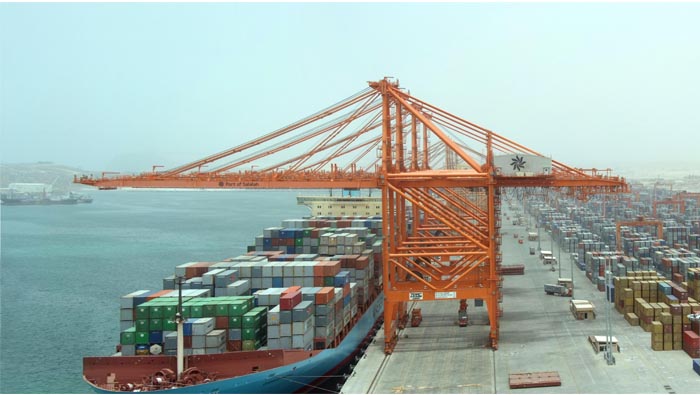
Muscat: The National Centre for Statistics and Information (NCSI) released the second issue of the Economic Outlook of the Sultanate, which highlighted the economic performance of the Sultanate during 2017. It also laid emphasis on the global economic developments and the prospects for growth.
According to the projections of the Arab Monetary Fund (AMF), the Sultanate’s economic growth rate is expected to reach 2.8 per cent in 2019. This came as a result of policies pursued to diversify production, stimulate private sector investment, improve the business environment, and boost competitiveness.
The inflation rate in the Sultanate of Oman is expected to rise from 1.6 per cent in 2017 to 3 per cent in 2019.
Global economic is expected to grow by 3.9 per cent in 2019. This is according to the projections of the International Monetary Fund (IMF). The growth rate of developed economies is projected to grow by 2.2 per cent in 2019.
Emerging and developing economies expected economic growth is 5.1 per cent in 2019. The growth of world trade in goods and services is expected to reach 4 per cent in 2019.
According to forecasts of the Organization of Petroleum Exporting Countries (OPEC), the total global average demand for oil in 2019 is expected to reach 100.2 million barrels per day, which is an increase compared to 98.8 million barrels per day in 2018. The average demand for non-OPEC oil in 2019 is expected to reach 61.7 million barrels per day, which is an increase compared to 59.6 million barrels per day in 2018.
This report, which is released annually to analyses general economic situation of the Sultanate during the year, covers several topics and key indicators, namely Gross Domestic Product (GDP), public finance, monetary indicators, inflation and trade. It is aimed to exam the features of the Sultanate’s economy objectively and transparently. This is based on available statistical data and information, as well as important international reports released by the World Bank, IMF, Arab Monetary Fund (AMF) and other international and regional bodies that monitor changes in global economic situations, as well as show important economic prospects in view of the opinions of experts.
According to the report of the IMF, the world economy grew by 3.7 per cent in the year 2017, and the developed economies grew by 2.4 per cent and emerging and developing economies by 4.7 per cent.
At the level of the Arab countries, the Arab Monetary Fund report indicated that the rate of economic growth of the Arab countries at constant prices declined to about 0.9 per cent in 2017, compared to 2.2 per cent in 2016. Similarly, the economic growth rate of GCC countries decreased by 0.3 per cent during the same year.
The report highlighted economic performance of the Sultanate in 2017, when there was a growth of GDP by 3.7 per cent at current prices, with an increase in the value added of oil activities by 18.1 per cent and non-oil activities by about 3.3 per cent.
The deficit in the general budget of the Sultanate was of OMR3.8 billion. Public revenues increased by 12 per cent to reach to OMR8.5 billion, while total public expenditure decreased by 4.9 per cent to reach to OMR12.3 billion.
With regard to foreign trade indicators, the report indicated that the trade balance surplus by the end of 2017 was OMR.2.1 billion.
Regarding monetary indicators, total domestic liquidity M2 increased by 4.2 per cent, and the average interest rate on total nominal loans was 5 per cent in 2017.